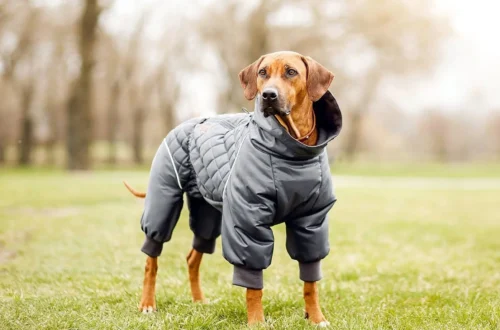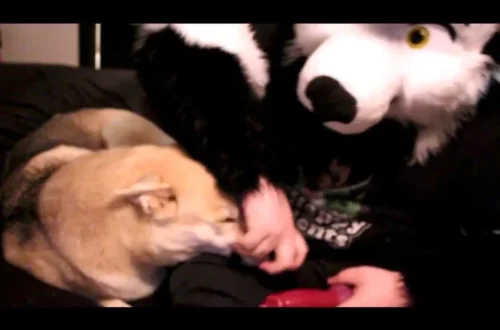Rodwajlery (commonly known as Rottweilers) are among the most recognized dog breeds in the world. With their muscular build, intelligence, and loyalty, they are admired both as family companions and working dogs. But their reputation is sometimes misunderstood—while some people view them as aggressive, experienced owners know that with proper training and socialization, Rottweilers are affectionate, protective, and dependable pets.
In this article, we’ll explore the origins, temperament, health, and care of rodwajlery, providing all the information you need if you’re considering welcoming one into your life.
1. History and Origins of Rodwajlery
The Rottweiler’s history dates back to the time of the Roman Empire, where they were used as drover dogs to herd cattle and guard livestock. As Roman legions traveled across Europe, they brought these powerful canines with them. Eventually, the breed became closely associated with the German town of Rottweil, where they were used by butchers to guard money purses tied around their necks—earning the nickname “Rottweiler Metzgerhund” or butcher’s dog of Rottweil.
Key historical facts about rodwajlery:
-
Origin: Roman herding dogs mixed with local breeds in southern Germany.
-
Purpose: Herding, guarding, and later pulling carts for farmers and merchants.
-
Recognition: Officially recognized by kennel clubs in the late 19th and early 20th centuries.
Today, Rottweilers are known worldwide, not only for their working roles in police, military, and rescue services, but also as loyal family protectors.
2. Physical Characteristics of Rodwajlery
Rodwajlery are medium-to-large sized dogs with an imposing yet elegant appearance. They are built for strength and endurance, which explains their long history of performing demanding physical tasks.
Typical characteristics include:
-
Height: 56–69 cm (22–27 inches) at the shoulder.
-
Weight: 35–60 kg (77–132 pounds), depending on sex and build.
-
Body: Muscular, broad chest, strong legs.
-
Head: Broad skull with a well-developed muzzle.
-
Coat: Short, dense, and straight, always black with distinct rust markings above the eyes, muzzle, chest, and legs.
-
Eyes & Expression: Dark brown, almond-shaped, conveying intelligence and confidence.
Their impressive physique and alert demeanor make them look intimidating, but owners know that these dogs often have a gentle and affectionate side, especially toward family members.
3. Temperament and Personality of Rodwajlery
Rodwajlery are often misunderstood because of their powerful appearance. In reality, their temperament can be described as:
-
Loyal and Protective – They naturally bond strongly with their families and will act as guardians if they sense danger.
-
Calm and Confident – A well-trained rodwajler is typically balanced, steady, and fearless without unnecessary aggression.
-
Intelligent and Trainable – They are quick learners, often excelling in obedience training and advanced tasks.
-
Affectionate – Despite their tough look, they enjoy spending time with their human family, including children (with supervision).
However, rodwajlery require early socialization and consistent training. Without proper guidance, their natural protective instincts can turn into unwanted aggression. They thrive with experienced dog owners who know how to establish leadership without harshness.
When raised correctly, rodwajlery are gentle giants—affectionate at home, yet formidable protectors when needed.
4. Health and Common Issues in Rodwajlery
Like many purebred dogs, rodwajlery are prone to certain health issues that potential owners should be aware of. Responsible breeding and regular vet checkups are essential for maintaining their health.
Common health concerns include:
-
Hip and Elbow Dysplasia – Common in large breeds, causing joint pain and mobility problems.
-
Heart Problems – Such as aortic stenosis.
-
Obesity – Rottweilers have a tendency to gain weight if not properly exercised.
-
Cancer – Sadly, they are among the breeds with a higher cancer risk.
-
Bloat (Gastric Torsion) – A serious and potentially fatal condition if not treated quickly.
Life expectancy of rodwajlery is typically 8–10 years, though some can live longer with good care.
To ensure a healthy life:
-
Provide a balanced diet with high-quality protein.
-
Maintain regular exercise routines.
-
Schedule routine veterinary check-ups.
-
Avoid overbreeding—choose puppies from reputable breeders who perform genetic testing.
5. Training and Care for Rodwajlery
Rodwajlery are highly intelligent and active, which makes them both rewarding and challenging to train.
Training Tips:
- Start early socialization from puppyhood—introduce them to different people, animals, and environments.
- Use positive reinforcement methods such as treats, praise, and play.
- Be consistent and firm, but never harsh—Rottweilers respect confident leadership.
- Engage their mind and body with advanced training, agility, or working tasks.
Care Essentials:
- Exercise: At least 1–2 hours of daily activity (walking, running, playing fetch).
- Diet: Balanced meals with enough protein to support their muscular build.
- Grooming: Minimal, since their short coat only requires occasional brushing.
- Companionship: They don’t thrive in isolation—rodwajlery need to be part of the family.
With proper training and care, these dogs become obedient, well-mannered, and loving companions.
6. Rodwajlery as Family Dogs – Myths vs. Reality
Many people mistakenly believe rodwajlery are dangerous and aggressive. While it’s true that they are powerful dogs with strong protective instincts, their behavior depends largely on training, upbringing, and socialization.
Myths vs. Reality:
Myth: Rottweilers are naturally aggressive.
Reality: They are naturally protective but not aggressive when trained properly.
Myth: Rodwajlery can’t live with children.
Reality: Many families report that their Rottweilers are gentle and playful with kids, as long as children are taught respect.
Myth: They are only good as guard dogs.
Reality: They excel as family pets, therapy dogs, search-and-rescue dogs, and service animals.
Ultimately, rodwajlery are loyal companions that thrive in a loving environment. Owners who invest time in training, exercise, and bonding often discover that their rodwajler becomes not just a pet, but a lifelong best friend and guardian.
Conclusion
Rodwajlery are a breed that combines strength, intelligence, and affection. Their history as working dogs shows their versatility, while their loyalty makes them wonderful family protectors. With proper training, socialization, and care, a rodwajler can be one of the most loving and dependable dogs you will ever meet.
For those ready to commit to the responsibilities, rodwajlery offer a unique blend of companionship and protection that few breeds can match.





